
Thursday July 30, 2020 ~ VICTORIA, BC
~ by Mary Brooke | West Shore Voice News
While still deep in mid-summer, yesterday Education Minister Rob Fleming announced that K-12 schools would be back in session full-time in September for the 2020-2021 academic school year.
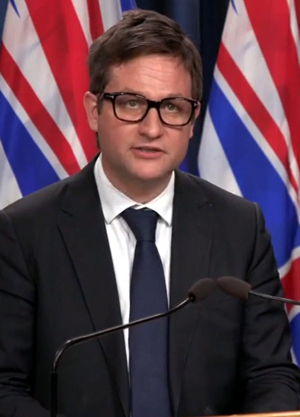
Fleming was joined by Public Health Officer Dr Bonnie Henry, who with her public health team had informed the government decision to move schools to Stage 2 in the pandemic management of schools.
The five-stages framework shows Stage 2 as just one step away from ‘back to normal’, but still includes several restrictions such as size-restricted groups.
Part of the timing of the BC COVID-19 Return to School Plan announcement was to give parents time to decide and prepare for the return to in-class education in schools in BC.
The announcement included a $45.6 million budget for supporting enhanced cleaning and sanitation processes in schools, That includes enforcement of safety measures, increased cleaning of classrooms and shared spaces, providing sanitization systems and hand-washing stations, and having a supply of masks on hand for students and staff.
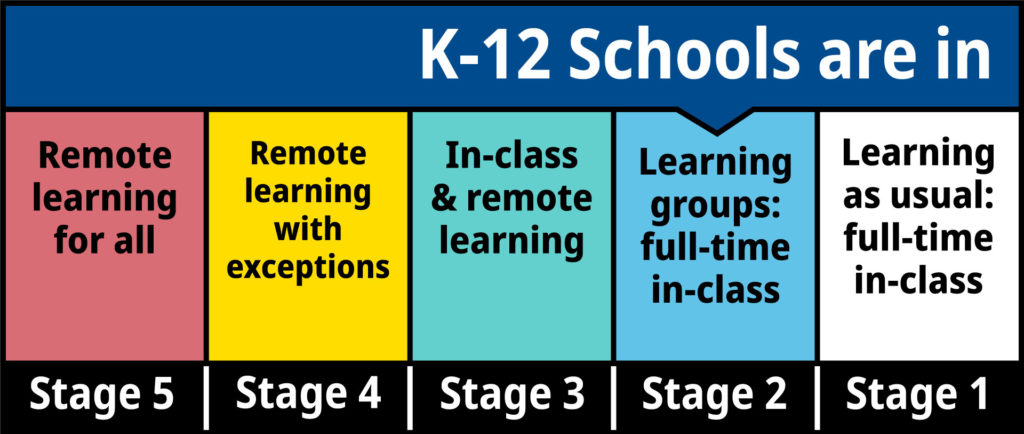
Updated health and safety measures:
From the Ministry of Education release on July 29 about COVID-19: Return to School, these are the updated health and safety measures (as posted on the BC CDC website):
* Increased cleaning of high-contact surfaces like door knobs, keyboards, desks and chairs; increased hand hygiene with all students, staff and visitors being required to clean their hands before boarding school buses and entering school buildings, before and after eating, using the washroom and using playground equipment.
* School districts may also install transparent barriers for people who have more contact with others, such as front desk staff, bus drivers or food services staff, where appropriate.
* Older students and staff may use masks in situations where the person is interacting outside their learning group and cannot maintain physical distance for an extended period of time. This includes riding the bus to school where a student may be sitting next to a person outside of their household or learning group. These masks will be available upon request.
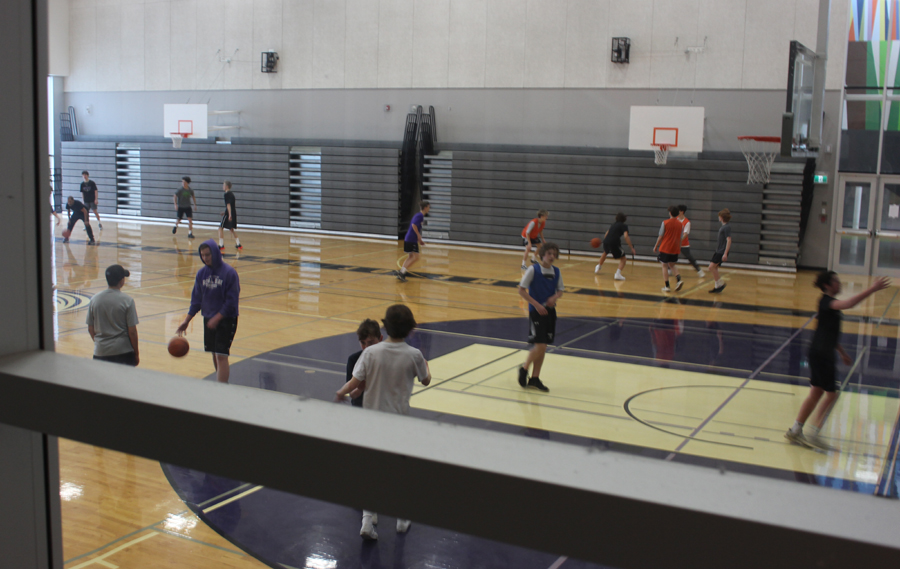
* If students or staff are mixing outside their learning group for electives, extracurricular activities, sports or social clubs, they will need to maintain physical distancing of two metres, while younger students will be encouraged to minimize physical contact.
* If space is available, students should have their own seat or sit with family members on school buses.
* Extracurricular activities in middle and secondary schools, including sports, arts or special interest clubs can occur if physical distance can be maintained between members of different learning groups and reduced physical contact can be practised by those within the same learning group.
* All students and staff who have travelled outside of Canada are required to self-isolate for 14 days under both provincial and federal orders. This includes students who are attending school from abroad.
It’s a robust plan, says Dr Henry:
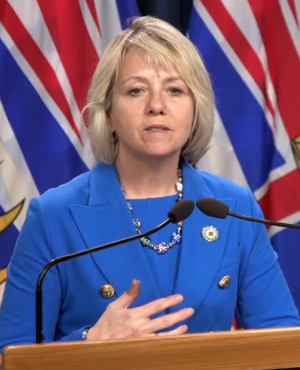
The new updated health and safety guidedlines are about “needing to get children back into those important learning environments as soon as we could, safely”, said Provincial Health Officer Dr Bonnie Henry yesterday in the media teleconference.
She called it a “robust plan” that puts health and safety of children, teachers and staff as a top priority.
“For students, being in class is about learning, seeing friends, getting those important emotional and social supports as well as an important education,” said Dr Henry as part of the rationale for a full return to school in September. It’s been now over 175 days since some students have been in the classroom; the last day of classes before spring break was March 13.
“Being back in school is also critical for families to work and cope with pandemic as a community. We can safely open if community transmission is low,” Dr Henry said. She did, however, acknowledge a recent uptick in new COVID-19 test-positive cases in BC as a result of people being out and about more for summer activities now in Phase 3 of the BC Restart (most recently updated July 29).
Expected to last through the school year:

While things can change, given that there is yet to be an effective treatment or vaccine against the COVID-19 virus, these public health measures for and around in-school learning environments are expected to be in place for the full 2020-2021 academic year (from September 2020 through June 2021).
BC teachers have concerns:
While the BC Teachers Federation (BCTF) says it has been strenuously advocating for the most stringent health and safety conditions in schools, teachers are expressing mixed reactions to the government’s decision to reopen our public education system.
Among other things, BCTF says “there are understandable concerns about the readiness of schools… this is in part due to the historic underfunding that has led to years of cleanliness concerns for members.”
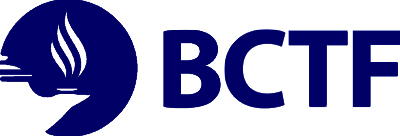
BCTF in its health and safety program says it fully supports the four main priorities that the Ministry of Education has created, which are to: 1. maintain a healthy and safe environment for all students, families, and employees. 2. provide the services needed to support children of essential workers. 3. support vulnerable students who may need special assistance. 4. provide continuity of educational opportunities for all students.
BCTF says to all parents in a letter: “Please trust that BC’s teaching professionals have been, and will continue, to communicate with you and your children about the best ways for learning to take place in your particular situation. Above all, please know that you are not expected to become home schoolers, there is no expectation that the pace and rigour of a normal school day will be duplicated.”
Homeschooling is, of course, an option for parents this year (as in any school year). The BC Government calls it an ‘alternative method of teaching’.

Dealing with COVID-19 with a range of tools:

As the Director-General of the World Health Organization said today, July 30: “We must all learn to live with the virus, and to take the steps necessary to live our lives, while protecting ourselves and others – especially those at highest risk of COVID-19.”
The WHO head, Dr Tedros, also says: “In the face of the COVID-19 pandemic, countries are using a range of tools to influence behaviour: information campaigns are one tool, but so are laws, regulations, guidelines and even fines.”



